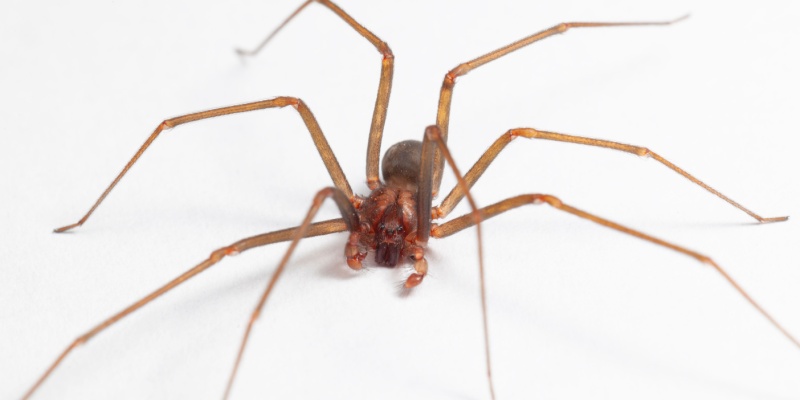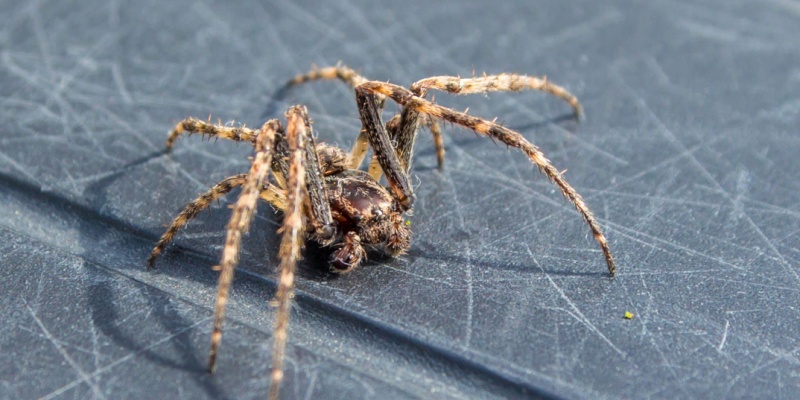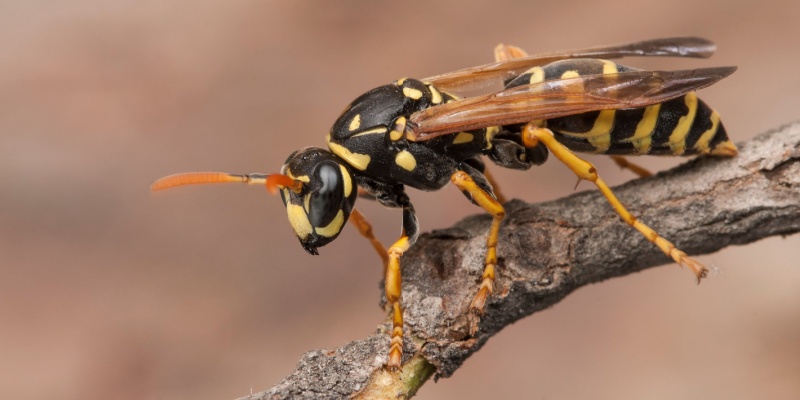Spiders, though often beneficial for controlling pest populations, can be unwelcome visitors in your home. When infestations become overwhelming, it’s time to call in professional help. Choosing the best spider exterminator in Indianapolis, IN, involves several considerations to ensure effective, safe, and lasting results. Here’s a comprehensive guide to help you make an informed decision:
1. Research and Recommendations
Begin by gathering information about local exterminators. Ask friends, family, and neighbors for recommendations, as personal experiences can provide valuable insights. Additionally, use online resources:
- Google Reviews: Look for companies with high ratings and positive feedback.
- Yelp: Read through detailed customer reviews to gauge the quality of service.
- Better Business Bureau (BBB): Check ratings and any customer complaints.
By compiling a list of recommended exterminators, you can narrow down your choices based on proven track records.
2. Verify Credentials and Experience
Once you have a list of potential exterminators, verify their credentials. Ensure the company is licensed and insured to operate in Indiana. A licensed company guarantees that they adhere to state regulations and use approved pest control methods.
Experience is another crucial factor. An exterminator with years of experience in handling spider infestations will have the expertise to identify the type of spiders and the most effective treatments. Ask about the company’s history and their specific experience with spider control.
3. Assess Their Methods and Products
Different exterminators use varying methods and products. It’s important to understand their approach to spider control:
- Inspection: A thorough inspection should be part of their process to identify the species and extent of the infestation.
- Treatment Plans: Inquire about the treatment options available. Effective spider control might involve chemical sprays, traps, and preventive measures.
- Safety: Ensure the products used are safe for your family and pets. Green or eco-friendly options are preferable if you have concerns about chemical exposure.
- Follow-Up Services: Effective spider control often requires follow-up visits to ensure the problem is resolved and prevent future infestations.
4. Check for Guarantees and Warranties
A reputable exterminator will stand by their work with guarantees and warranties. Ask about their policies:
- Service Guarantee: What happens if the spiders return after treatment? Will they re-treat at no additional cost?
- Warranty Period: How long does the warranty last? This can vary from a few weeks to several months.
5. Evaluate Customer Service
Customer service is an essential aspect of any professional service. Pay attention to how the company handles your inquiries. Good customer service reflects the company’s overall reliability and dedication to solving your problem effectively.
- Responsiveness: Are they quick to respond to calls or emails?
- Professionalism: Are they courteous, knowledgeable, and willing to answer your questions?
- Transparency: Do they provide clear explanations of their services, pricing, and processes?
6. Compare Pricing
While cost shouldn’t be the sole factor, it’s important to consider. Get quotes from multiple exterminators to compare pricing. Be wary of unusually low prices, as they might indicate subpar services or hidden fees.
When comparing prices, ensure you understand what’s included:
- Initial Inspection: Some companies offer free inspections, while others may charge a fee.
- Treatment Costs: What does the treatment entail, and are follow-up visits included?
- Additional Services: Are there any extra charges for preventive measures or additional treatments, if needed?
Choose a company that offers a fair balance between cost and quality.
7. Local Expertise
Indianapolis has a unique climate and environment, which can influence spider behavior and infestations. A local exterminator with knowledge of regional pests will be better equipped to handle your specific situation. They’ll understand the common spider species in Indianapolis and the best times of year for effective treatment.
8. Read the Fine Print
Before making your final decision, read the contract carefully. Ensure all terms, conditions, and services are clearly outlined. Look for any hidden fees or clauses that might affect your agreement.
Choosing the best spider exterminator in Indianapolis requires careful consideration of multiple factors, including credentials, experience, methods, customer service, and pricing. Trio Pest Control stands out as the premier choice for spider extermination in Indianapolis due to our comprehensive approach, professional expertise, and commitment to customer satisfaction. With a reputation for prompt and reliable service, Trio Pest Control offers personalized solutions tailored to meet the unique needs of each client. Our dedication to maintaining a pest-free environment and our strong track record of success make them the best choice for anyone seeking a dependable and efficient spider exterminator in Indianapolis.



